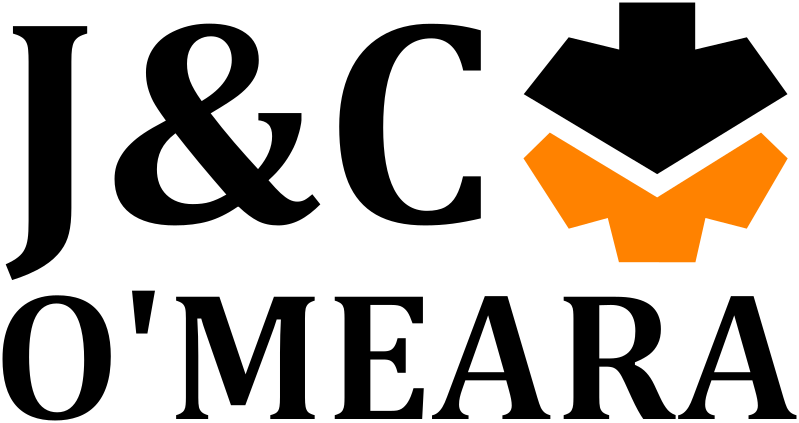How to Choose the Right Briquette Machine for Your Needs
- John Shepperd

- May 13
- 2 min read

Choosing the right briquette machine depends on your workshop's size, waste volume, material type, and operational priorities. Whether you're new to briquetting or looking to upgrade your current setup, knowing how to choose the right briquette machine for your needs will help you avoid unnecessary costs and maximise efficiency.
Understand Your Waste Output
The first step is assessing the volume and type of wood waste your workshop produces. Sawdust, shavings and wood chips behave differently when compacted. A small workshop producing less than 50 kg of waste per hour may find a compact machine like the Genisis Nano E55 more than sufficient. This machine handles softwood and hardwood waste efficiently and has a modest footprint, making it perfect for workshops with limited space.
Larger operations producing up to 200 kg per hour should consider the Genisis Traditional E Series or Genisis Vertical Series. These machines are built for continuous use and provide higher throughput with minimal operator intervention.
Consider Briquette Size and Fuel Requirements
Most briquetting machines produce cylindrical briquettes between 50 and 70 mm in diameter. It's important to choose a size that suits your intended use. If you plan to use the briquettes as fuel in your own wood waste burner, ensure they’re compatible with your heating system.
For workshops aiming to sell wood briquettes, consistency of size and density is important for meeting market expectations. Larger briquettes may appeal to customers using biomass boilers, while smaller ones suit domestic stoves and burners.
Evaluate Machine Type and Orientation
There are two main configurations to consider:
Horizontal briquetters, like the Genisis Nano E55 and Traditional E Series, are fed from above via a hopper and compress waste horizontally. These machines often have a larger footprint but offer easy access and visibility.
Vertical briquetters, such as the Genisis Vertical Series, are gravity-fed from above and compress the waste downward. Their vertical orientation often allows them to be installed beneath dust extraction systems, saving space.
Examine Automation and Ease of Use
A good briquetting machine should offer a reliable control system. Most modern machines now feature PLC touchscreen controls, which simplify cycle management and offer real-time system feedback. Automated feeding, compression and briquette length monitoring are valuable features for larger workshops.
The Genisis models available through J&C O'Meara include high-specification components, such as Siemens control panels and adjustable vice mechanisms, ensuring consistent briquette formation.
Don’t Overlook Support and Maintenance
Whichever model you choose, after-sales support is critical. J&C O'Meara offers nationwide servicing and parts for all Genisis briquetters. Their team can advise on installation, maintenance schedules, and technical queries.
Conclusion
Choosing the right briquette machine for your needs is about matching your production volume, fuel goals, and space limitations with the correct machine type and features. Whether it’s a compact Nano E55 or a higher-capacity Vertical Series model, our team at J&C O'Meara can help you find a briquetter that fits your workflow and delivers long-term value.


